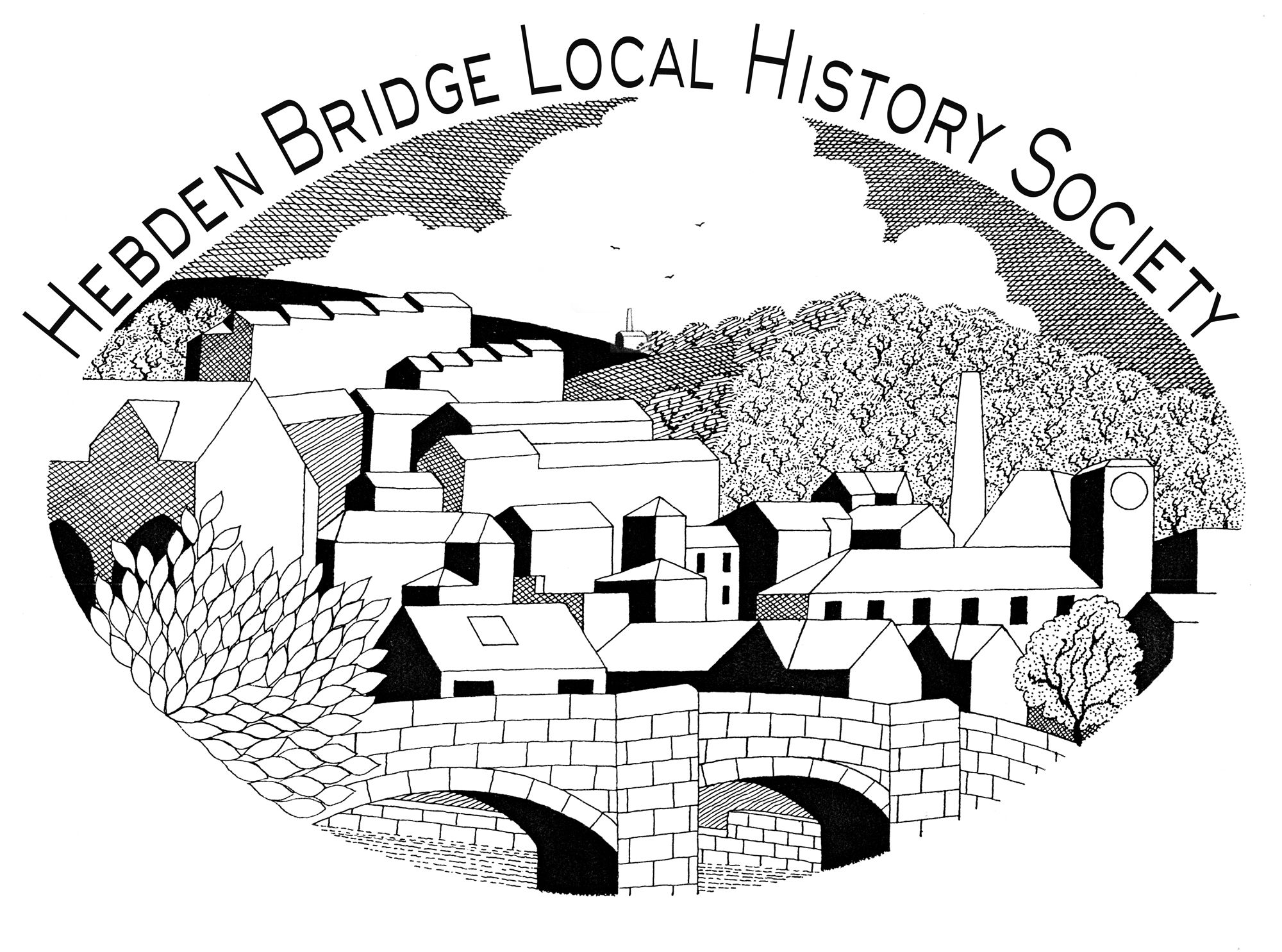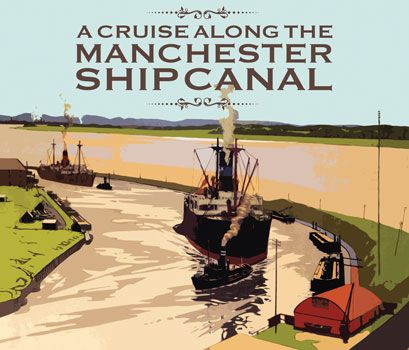Anne Kirker, local historian and volunteer guide with Calderdale Heritage Walks is used to exploring the history of Calderdale as preserved in the landscape. But in this talk she took the audience on a different kind of trip, through a very different landscape. We enjoyed a visual travelogue of a cruise along the Manchester Ship Canal, one of the most important civil engineering projects of its time, completed 130 years ago.
The cruise took us 36 miles from Salford Quays to Pier Head in Liverpool. The canal was needed to support the trading links of the fast growing city of Manchester by allowing large ships to gain access. More than 16000 navigators (navvies) were employed in digging ‘the big ditch’ and there were many deaths and injuries.
The glittering buildings at the start of the cruise reflect the more recent regeneration of the area, with cutting edge architecture in the Lowry Building and Imperial War Museum. The Ship Canal shares the route with rivers Irwell and Mersey, as well as the Bridgewater canal, and a road network, all demanding access across, under and over the canal. The transitions between river and canal involve sophisticated systems of locks and sluices, monuments to the industrial age. We were introduced to a medley of bridges, aqueducts and viaducts, ever more ingenious in their response to problems – lift bridges, swing road bridges, high level bridges and even a swing aqueduct (an audience member who had sailed her own canal boat across explained how rubber wedges held the water back when the bridge swung).
The canal had to accommodate the people living and working nearby, so there are passenger ferries at 25p a trip, and a pedestrian swing bridge to safeguard an old right of way. The differences in scale and purpose are seen at Thelwall where the M6 roars endlessly over the double bridge of the viaduct. Nearby was a little rowboat to ferry people to work and a pontoon, carrying farm animals across the water.
Anne pointed out places of historical interest along the way: 12th century Norton Priory; Halton Castle, now a luxury hotel; Trafford Park, home once of an elegant deer park, now of the Trafford Centre. There was Davyhulme Harbour, where Manchester’s sewage was shipped off to Liverpool, and Partington Basin, an unloading place for Shell and BP, where in the 1970s there was a disastrous spill and fire. At Runcorn Gap were the quarries which provided the distinctive red sandstone of Liverpool Cathedral.
Approaching Liverpool we were again aware of modern bridge building. An incredibly engineered transporter bridge from 1905, which carried cars and people across the structure at 4 miles an hour, was replaced by the Jubilee Bridge in 1968. This itself is now dwarfed by the 2017 New Mersey Gateway, gracefully arcing the river. And at Pierhead the still proud three graces of Liverpool waterfront, the Liver, Cunard and the Port of Liverpool Buildings speak of the regeneration of this part of the city where the Ship Canal, with all its echoes of the past, reaches its end.


